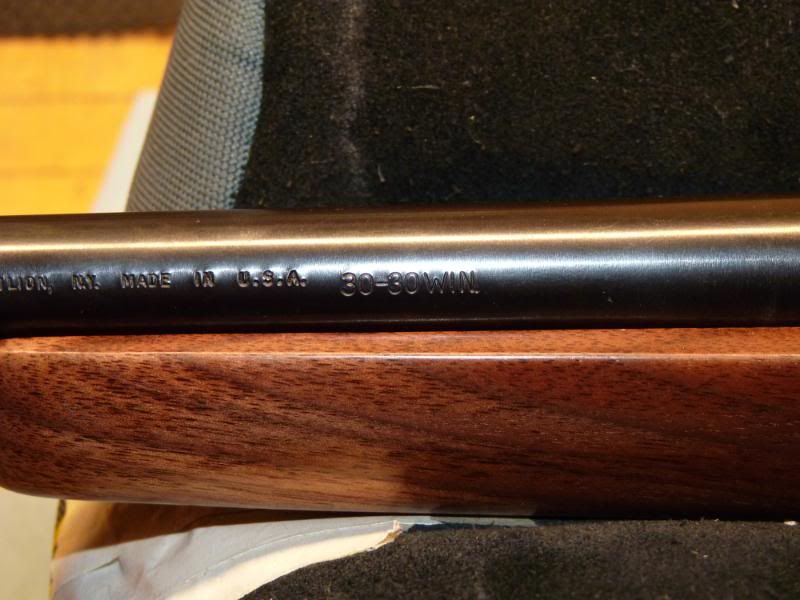...and must "good enough" be the death of "better"?
Okay, so 99% of the shooting chores one is likely to encounter can be handily seen to by somewhat less than half the cartridges available today...
Does that mean we quit innovating? If yes, why?
A middling shot with a .44-40 carbine can usually anchor edible venison at 100yards. A better shot can probably do so out to 125 yards. A truly fine shot can do it at 150 yards, where the cartridge begins to run out of steam.
A man with a .38-55 (a ballistic improvement over the .44-40, though not a logistical one) stands a better chance of anchoring game at all ranges mentioned, and some distance beyond. It does so at the cost of lower magazine capacity, heavier recoil (twice that of the .44-40 carbine), and (often) a heavier rifle. SORT OF an improvement, depending on if one is hunting near "Indian territory" or any other place where one might find game OR adversaries in the woods, and if one's shoulder is up to twice the recoil each time the trigger is pulled.
Comes then, the .30-30 WCF, which does everything the .38-55 does, though with only slightly more recoil than the .44-40. Improvement in range, trajectory, shootability, plus other attributes that are more prone to interpretation.
Inevitably, demand creates a market for things more often than marketing creates a demand (I'm excluding drugs of abuse from this discussion, so let us not use THOSE as a counter example). There probably was a clear demand for a rifle/cartridge combination that reached further than the .44WCF, hence the .38-55 and many other cartridges. The demand for a cartridge that would do all those things, and not use the shooter's shoulder as a heavy work-out bag probably was out there, also, hence the .30-30.
Should we stop there? I guess we could. But flatter trajectories improve range and the ability to hit. Smaller cartridges afford smaller actions, which can translate to smaller, lighter, more portable arms, not necessarily at the cost of heavier recoil.
Improvement for its own sake may seem unnecessary or too costly in terms of other considerations. But not all shooting situations are the same, so some considerations are greater than others. Additionally, an improvement not exploitable at its invention (due to technological limits or others) may come to the fore later. One need only wait.
Take-home lesson: If you can get more powerful, get more powerful. If you can get lighter, get lighter! If you can extend striking distance, do so! Time may pass before the value of any particular improvement is evident, but usually, it's not a great deal of time.



